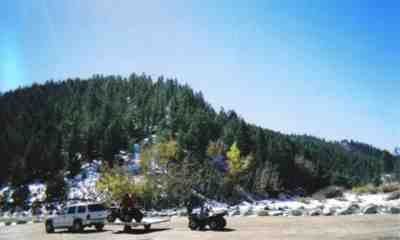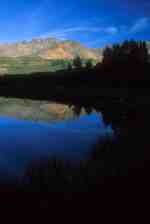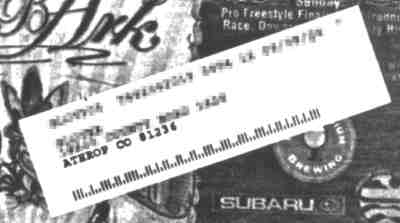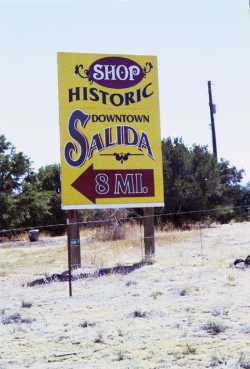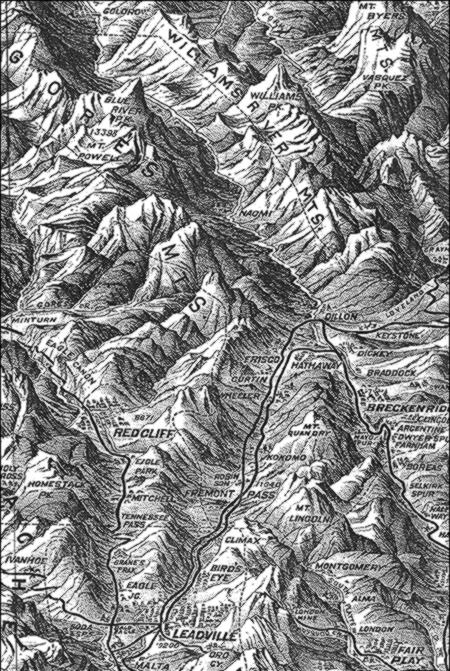Letter from Slim Wolfe
Geography – September 2008 – Colorado Central Magazine
Editors:
Talk about making a mountain out of a molehill….
Plainly, the mountain doesn’t give a hoot what you call it or who gets the credit, nor do dead soldiers seem likely to take offense, however, the backers of this presumptuous KIAMIA notion have got some more free publicity out of the squabble in your letters column. Seems to me they ought to call off the whole affair for lack of interest and leave the mountain in peace.

